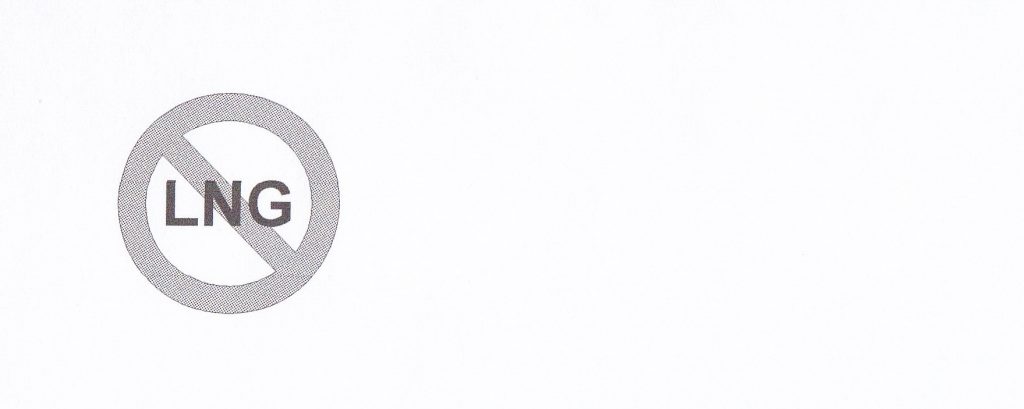Excess natural gas
Excess natural gas supplies in the USA have resulted in decreased imports of it from Canada. Meanwhile, new supplies of natural gas have been added in both countries from wells using hydraulic fracturing of rocks underground to free the gas.
In the US, new port facilities to export LNG (liquified natural gas) have been constructed, while one is being built in BC at Kitimat, ..which has faced many difficulties and delays, and is still not operational as of late in 2024. Building it was a mistake in my opinion, because creating and exporting LNG is not the best way to make use of surplus natural gas.
The first project involved a natural gas pipeline of 670 km coming from Northeast BC to end at Kitimat where a large liquefaction facility lowers the temperature of the gas to minus 162 degrees C, using a great amount of power. LNG storage tanks are expensive to build, transfer equipment very specialised, and the LNG carriers going to East Asia expensive also. The total investment is huge, with few destinations , and the unloading facilities another large investment including costly storage for LNG. The whole project is pretty inflexible, a real gamble.
Methanol a smarter export
For the same amount of gas involved in an LNG project, several methanol plants could be located nearer major gas fields, the methanol itself being sent to the coast. Were a methanol pipeline built to the coast, it would operate at lower pressure and be smaller in diameter, therefore less costly to construct. Or instead, the methanol could be sent by rail to the coast.
Unlike LNG, methanol does not require specialised tanks and may be transported by ordinary tanker ships. ..Destination unloading facilities are far less costly, more numerous, and the uses for methanol many. Taiwan, as example, imports large amounts of methanol for making certain chemicals. It is a far less risky investment. Moreover, unlike LNG which is entirely a fossil fuel, methanol can be at least 30% up to 50% ‘green’.
Half-Green Methanol
Nearly all methanol is now made from the methane in natural gas and thus its carbon content is fossil in origin. It need not be. Today’s overall process uses methane (CH4) and steam (HOH) over a catalyst, resulting in methanol (CH3OH) and H2.
But when the feed also contains green CO2 and H2, then a balanced equation is two methanols from: CH4_CO2 _ 2H2 meaning half the C in the methanol is fossil in origin, the other half green…. At least in theory, but the chemistry is complex and the resulting methanol could only be half green when some of the input is ‘biogas’ [green methane].
Container Ship Fuel
One major use of half-green methanol abroad is to make a largely green fuel for the large container ships. Methanol itself is not energy dense. Yet, combined with a suitable ketone it becomes so. Patents regarding this issued decades ago to a major company are US Patents 2827 494 and 95.
As example, propanone adds two methanols to form 2,2‑dimethoxypropane, which has five C atoms while methanol has only one. When the methanol is about half green, and the propanone all green, then this product will be about 80% green.
Propanone is readily made from weak acetic acid using suitable bacteria immobilised on, say, a bed of charcoal. The temperature employed may allow it to be collected as vapour, as it distils at 56° ordinarily. A weak acid solution is obtainable from a ferment of vegetation, often its cellulose content. With sugarcane it could be the cane juice. It is relatively cheap to make propanone this way on an industrial scale. Propanone circa 1920 was made on that scale fermenting maize grain. [Acetone is propanone.]
Many persons associate ‘green’ hydrogen with electrolysis. Yet, it also arises from some ferments, in particular where butanoic acid is the main product. Here, for each glucose molecule consumed, two each of CO2 and H2 are produced along with the butanoic acid.
A processor would acquire biomass in various forms from farmers to feed the ferment. Pretreatment of the biomass gets the ferment started sooner. A preferred one uses a hot solution of acetic acid to remove some of its xylan while also creating more acetic acid from the acetyl side groups. This yields solids more readily fermented plus a more acidic solution.
Biogas [green methane] is made from dilute acetic acid by bacteria which split it into methane and CO2, both gases. The methane can be separated and added to the off-gases from the butanoic acid ferment, all then sent by a small bore pipeline to a methanol maker not overly distant. Should anyone else enroute add in more biogas, so much the better.
Butanoic acid may be got from the ferment by extraction, then passed as vapour over a hot catalyst to form dipropyl ketone (PPK) which is barely soluble in water, is more energy dense than ethanol, and blends well with gasoline in greater proportion. So it would soon displace ethanol as an octane booster thereof.
Overall, for its flexibility, multiple production plants, diversity of buyers, smaller plant size, plus being a partly green product instead of purely a fossil fuel, exporting methanol from BC instead of LNG has much to recommend it.
